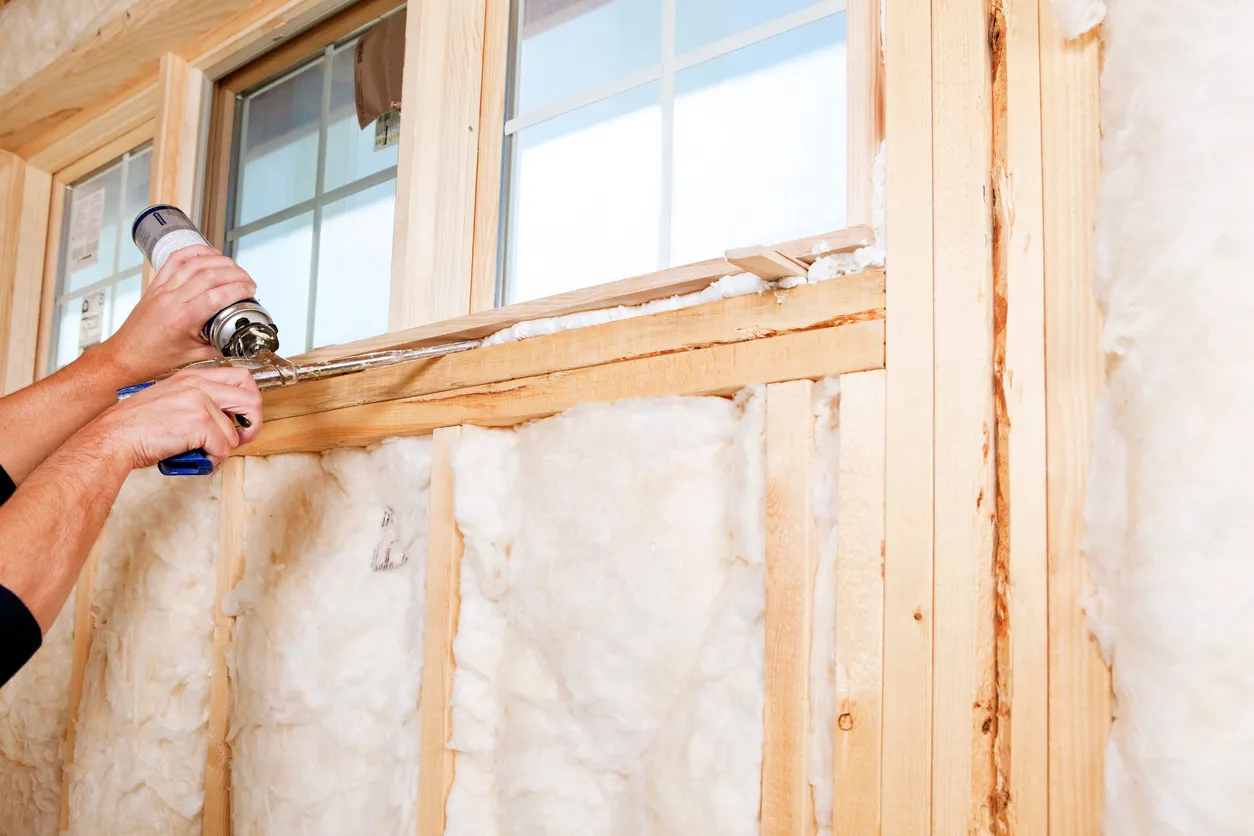
When it comes to insulating your home, windows play a crucial role in maintaining energy efficiency and comfort. At Inland Northwest Spray Foam, we often get asked whether spray foam insulation is suitable for sealing around windows. The short answer is yes, but with some important considerations. Let’s dive into the details of why, how, and when you should use spray foam around windows.
Spray foam insulation is an excellent solution for sealing gaps around windows because it:
Small gaps around windows can let air leak in and out, leading to higher energy bills. Spray foam creates an airtight seal that eliminates drafts and improves your home’s thermal performance.
Sealing window gaps with spray foam prevents water infiltration, reducing the risk of moisture damage, mold growth, and rot.
Spray foam helps dampen outdoor noise, making your home quieter and more comfortable.
Filling gaps with spray foam can deter insects and small animals from entering your home.
When insulating around windows, the right type of spray foam is essential to avoid damage or poor performance.
While spray foam is a great option, improper application can lead to issues. Here are some mistakes to watch out for:
Always use low-expansion foam around windows. High-expansion foam can exert too much pressure, causing the window frame to bend or become misaligned.
Applying too much foam can lead to messy installations and potentially block window operation. A little foam goes a long way!
Once the foam has cured, trim off any excess for a clean, professional finish.
In moisture-prone areas like Spokane, WA, consider adding a vapor barrier to prevent condensation issues around your windows.
For best results, follow these steps or hire professionals like us at Inland Northwest Spray Foam:
While applying spray foam around windows may seem straightforward, it’s easy to make mistakes that can affect the performance and longevity of your insulation. Hiring professionals ensures:
Using spray foam around windows is a smart choice for improving energy efficiency, moisture control, and overall comfort in your home. However, it’s crucial to use the right type of foam and apply it correctly to avoid damaging your windows.
At Inland Northwest Spray Foam, we specialize in precision insulation solutions tailored to your home’s needs. If you’re considering spray foam for your windows or any other part of your home, give us a call at (509) 471-0006 or email [email protected]. Let’s help you create a more energy-efficient and comfortable living space!